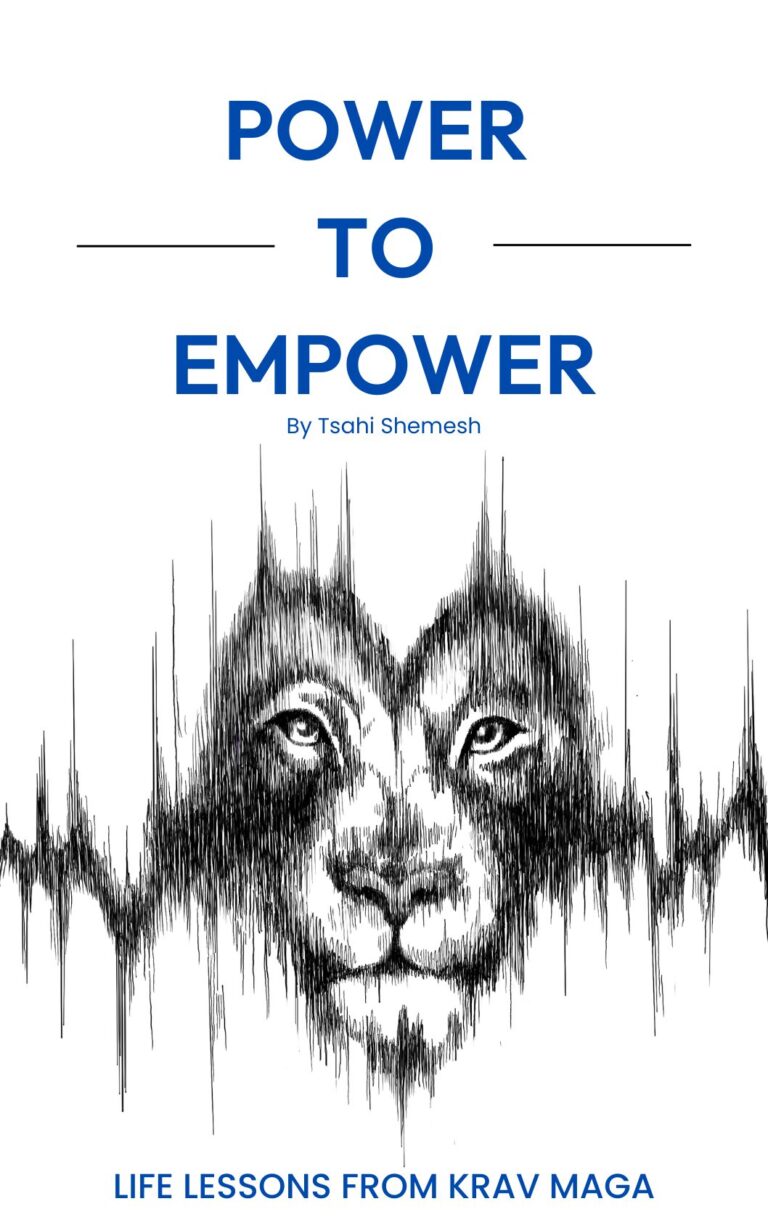What Tying My Shoelaces Taught Me About Discipline
A few months ago, I went hiking with a group of friends. We were walking in sync, a steady rhythm, lost in good conversation. It was one of those moments where everything feels right. Then, mid-step, I noticed my shoelace was untied.
My first instinct was to ignore it. The conversation was good. I didn’t want to disrupt the rhythm or miss out on what was being said. I figured I’d wait until a better moment. But before I knew it, I stepped on my lace and nearly fell forward onto the rocky path.
Now I had no choice. I had to stop. I knelt down quickly, tied my shoe tight, and stood back up. The whole stop took maybe fifteen seconds, tops. But when I looked up, my group was already several yards ahead, still chatting, still moving forward effortlessly, unaware I’d even stopped.
So I ran. It wasn’t a gentle jog. I had to push myself, spend more energy than I’d like, just to catch up. A pace that seemed easy just moments ago now demanded real effort. By the time I caught up, my breathing was heavy. I felt a pang of frustration.
At that moment, I realized something important: I hadn’t just paused, I’d rewound. The world didn’t stop because I did. It didn’t wait for me to tie my shoelaces. It moved forward effortlessly, without looking back. And catching up to that steady, easy rhythm required significantly more work than maintaining it would have.
This story isn’t about shoelaces. It’s about life. It’s about training. It’s about the illusion that we can stop whenever we want, and simply resume whenever we choose, as though nothing has changed.
But every unnecessary stop sets you back further than you think. It’s not a pause, it’s a rewind.
I’ve watched students start and stop their training dozens of times. Each time they step away, they assume they can pick up exactly where they left off. They underestimate the hidden cost. But here’s the truth no one likes to admit openly: stopping comes with consequences. Rust accumulates. Skills degrade. Conditioning fades. Techniques lose their sharpness. And perhaps hardest of all, motivation weakens.
Returning after a break isn’t seamless. It’s always harder to restart than it is to continue. A steady routine becomes a memory. That effortless flow you had before you stopped, it’s gone. Suddenly, you have to rebuild stamina. Regain your strength. Relearn what was once second nature. You’re not just continuing your path; you’re playing catch-up, running twice as hard just to regain lost ground.
This doesn’t just apply to physical training. It’s true for anything meaningful in life. Relationships. Careers. Personal goals. Whenever we step away from something important without a clear intention, we underestimate how much harder it will be to return. The rhythm we once had slips away quietly, unnoticed, leaving us sprinting to catch up.
But let me be clear: not all stops are unnecessary. Sometimes, life forces a pause upon us. Injuries happen. Emergencies arise. Personal circumstances demand our attention. These moments compel us to stop, reassess, and sometimes even change direction entirely. Those breaks carry meaning. They have their own value. They teach patience, humility, and resilience. They remind us to respect our bodies, our minds, and our circumstances. A forced pause can offer perspective we never would’ve gained otherwise.
But we need to distinguish between a necessary pause and an unnecessary rewind.
Most stops, if we’re honest, aren’t forced. They’re choices we make when we lose motivation or discipline. We skip training because it’s inconvenient. We put off difficult conversations because they’re uncomfortable. We delay addressing problems because we hope they’ll disappear. Those voluntary breaks become habitual, and each break makes the return increasingly difficult. What felt effortless before now requires immense energy and intention.
Motivation isn’t magic. It’s not something we can store away and retrieve whenever we feel like it. Motivation comes from momentum. It’s built through consistency, routine, and discipline. When you’re moving forward steadily, motivation grows naturally. But when you stop unnecessarily, motivation doesn’t pause with you- it fades, quickly and quietly.
So how do you maintain motivation? You protect your momentum fiercely. You recognize the difference between needing a pause and choosing convenience. You remind yourself regularly of why you started in the first place. When training feels tough, you don’t stop, you lean in harder. You show up, even when you don’t feel like it, because you know the cost of losing rhythm is greater than the discomfort of maintaining it.
Here’s how you apply this practically:
First, set clear commitments. Schedule your training sessions, your goals, your intentions. Make them non-negotiable appointments with yourself. If it’s on your calendar, it matters. Treat it like you would any essential responsibility.
Second, remember why you began. When motivation wanes – and it wil l- reflect on your initial purpose. What drove you to start training? What pushed you to take those first steps? Reconnect with those reasons regularly. They’ll sustain you when discipline alone isn’t enough.
Third, if life forces you to stop, embrace it fully and intentionally. Don’t resent it. Use it as a time to reassess, recalibrate, and heal. But plan your return consciously. Understand it will require real effort to regain your rhythm, and prepare yourself mentally and physically for that effort.
When I finally caught up to my friends on the hike, I felt relieved but also humbled. I recognized how quickly the world moves on when you choose to pause. I realized that every stop comes with a cost, a hidden price we often ignore until it’s too late.
Don’t underestimate the power of steady movement. Don’t confuse a pause for a rewind. Recognize clearly which breaks are necessary and which are driven by convenience or avoidance. Protect your momentum fiercely, because motivation thrives on consistency, and consistency demands discipline.
Next time you’re tempted to stop unnecessarily, remember this hike. Remember the shoelace. Remember that brief pause that forced a frustrating sprint to catch up.
Keep moving forward deliberately. Guard your rhythm carefully. Your progress isn’t built from periodic bursts of effort; it’s forged through steady, relentless consistency.
Stopping isn’t a pause. It’s a rewind. The world doesn’t wait for you. Make sure you don’t have to run to catch up.
Do something amazing,
Tsahi Shemesh
Founder & CEO
Krav Maga Experts
Related Articles –
Intensity vs Consistency: The Balance for Long‑Term Training
This article explores how balancing powerful bursts of effort with steady practice builds sustainable progress, perfect for readers learning why skipping sessions creates costly rewinds
Discipline vs Motivation
A thoughtful comparison of discipline and motivation, showing why habitual commitment carries you forward, even when you don’t “feel like it”, rather than forcing starts after unnecessary stops
Is It a Plateau? Or Are the Metrics Wrong?
This post dives into why progress can appear stalled after a break, and how to measure growth beyond surface-level performance, a helpful companion piece grounded in the same momentum mindset

